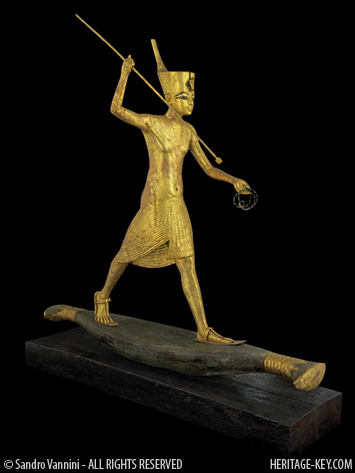Residents of Leptiminus, a city in Roman occupied Tunisia, ate a diet heavy in vegetables and marine life (including Grouper). However they avoided millet and legumes, dietary staples in other parts of the Empire.
(including Grouper). However they avoided millet and legumes, dietary staples in other parts of the Empire.
They also avoided eating large amounts of the local fish sauce which they were trying to sell to other people. These are the findings of a Canadian science team that analyzed skeletons from the cemetery of Leptiminus.
The scientists were led by Professor Anne Keenleyside of Trent University in Peterborough.
The skeletons they analyzed date from the 2nd century A.D. to 5th century A.D. To determine the societys diet, the team used a method called stable carbon isotope analysis. Simply put this form of analysis measures the amount of different isotopes of carbon in the bone. Depending on the diet a person eats during their life, these amountswill be different.
So, how much did they like their fish at Leptiminus? A lot!
In fact the analysis says that people in the settlement ate a significantly higher proportion of marine animals than those in Portus, a harbour just south of Rome. They alsohad a bigger portion thanthe residents ofPoundbury camp inDorchester England. A fact that is not terribly surprising considering that raisingand hunting animals in Italy or England was likely a bit easier than in North Africa.
But what kind of fish were they eating?
It definitely wasnt the food they were trying to sell to other people.
Fish Sauce (Garum) was exported from North Africa, including Leptiminus. However, the local fish sauce has an isotope value that is different than those found in the skeletons, so that isnt the culprit.
The scientists think that people were eating a variety of high trophic fish including sea bream and grouper. They may also have also been eating octopus, squid, anglerfish, mackerel and mullet.
Fish bones representing primarily gilthead sea bream and grouper have been recovered from Leptiminus, the scientists say in their research report.
Two things the residents didnt consume were millet and legumes. The scientists found no evidence in their analysis that the residents consumed a significant amount of those.
Instead, the residents appear to havestuck to their vegetables. The scientists finish offthe discussionchapter, in their research report,by noting that archaeologists have found that in the Roman-era farms of the Libyan pre-desert, lentil, pea, and grass pea were well represented.



